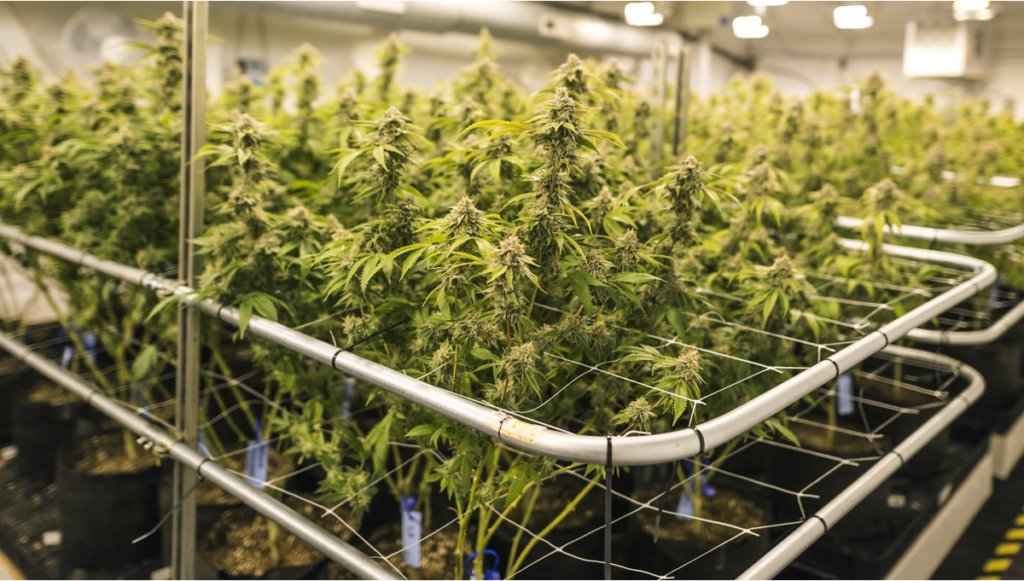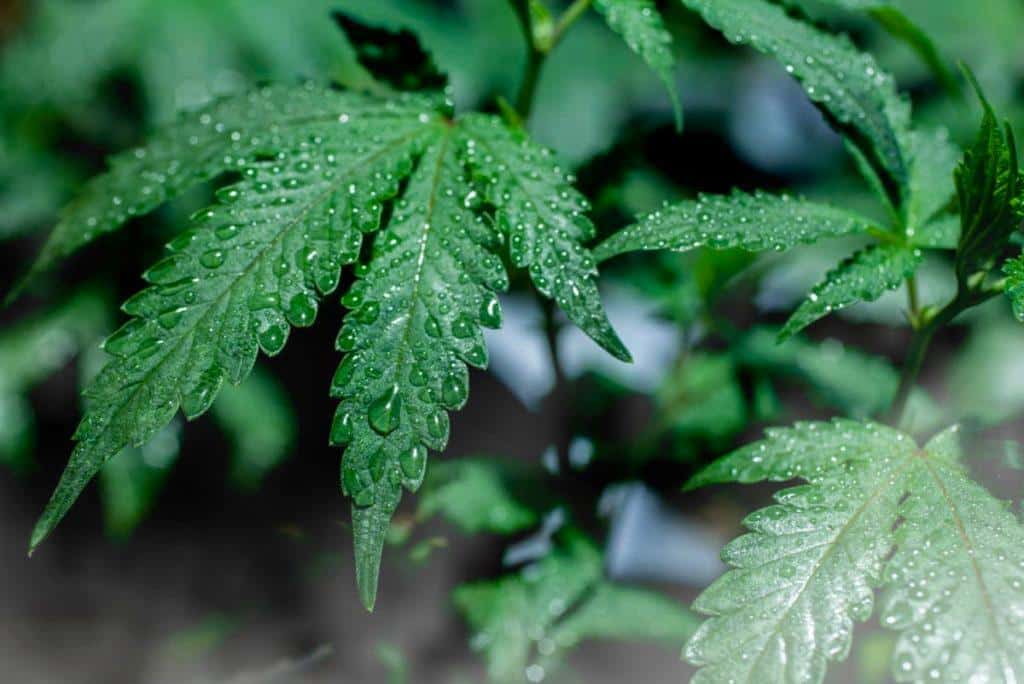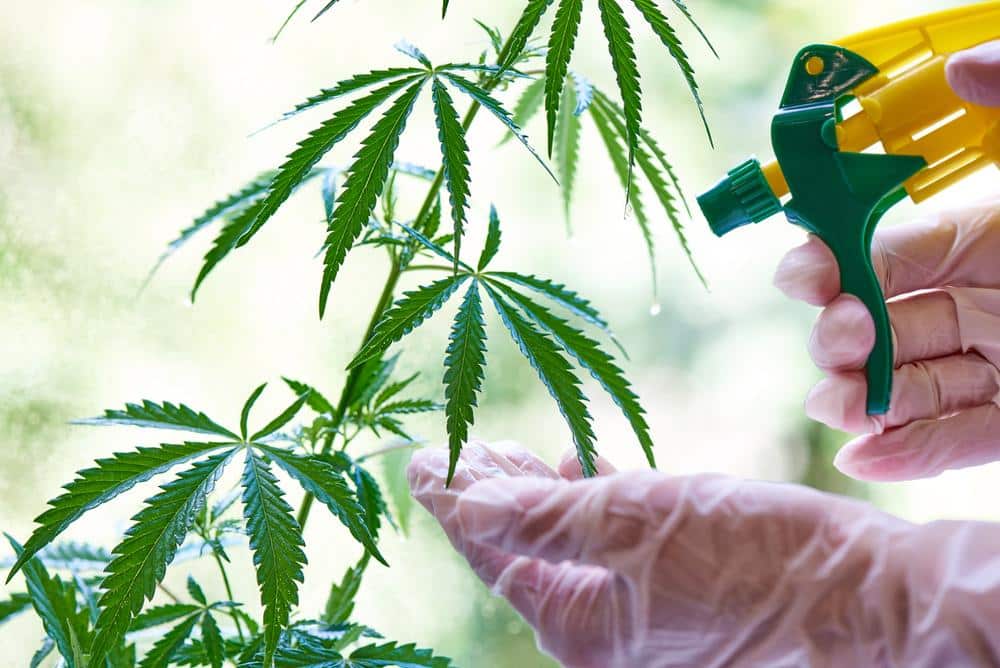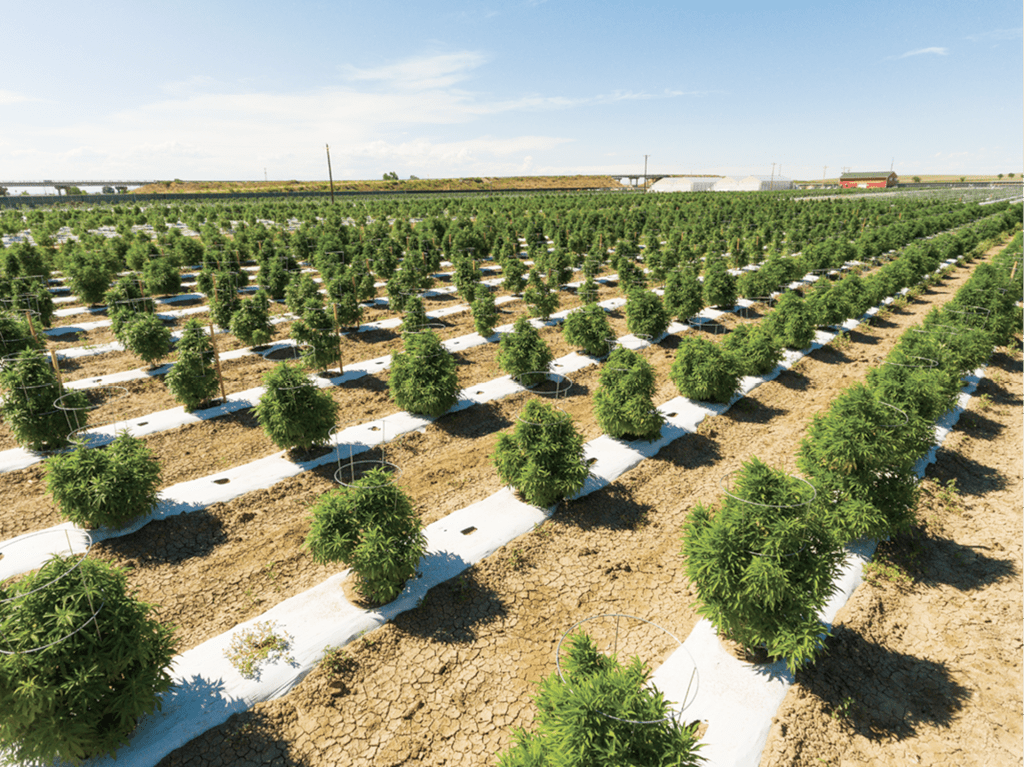Growing cannabis can be an exciting and rewarding experience, but it can also be overwhelming for beginners. One technique that can help improve yield while reducing stress on plants is low-stress training (LST). In this article, we’ll explore what LST is, how to perform it on cannabis plants, and answer some common questions about the process.
What is low-stress training?
Low-stress training is a method of shaping and manipulating cannabis plants to improve yield and promote even growth. It involves gently bending and tying down the branches of the plant to create a more even canopy and increase light exposure to the lower branches. This technique can be used on both indoor and outdoor cannabis plants and is a popular choice among growers looking to maximize their yield.
How is low-stress training performed on cannabis plants?
To perform LST, you will need to gently bend the stems of your cannabis plant and tie them down to help shape the plant’s growth. As the plant grows taller, you will continue to bend and tie down the new growth. This will create a more even canopy and help promote growth in the lower branches. It’s important to be gentle during this process to avoid damaging the plant.
Another type of low-stress training: the screen of green
Another popular LST technique is the screen of green (SCROG). This method involves placing a screen over the plant and weaving the branches through the holes in the screen. As the plant grows, you will continue to weave the branches through the screen, creating a more even canopy and improving light exposure to the lower branches.
Can you low-stress train in the flowering stage?
While LST is typically performed during the vegetative stage, it is possible to continue training during the flowering stage. However, it’s important to be gentle during this process to avoid damaging the buds. Additionally, LST during the flowering stage may delay the flowering process, so it’s important to consider the timing of your training.
When can you start LST?
You can start LST as soon as your cannabis plant has developed a few sets of leaves. It’s important to be gentle during this process to avoid damaging the plant. As the plant grows taller, you will continue to bend and tie down the new growth.
How do you train autoflowering strains?
Autoflowering strains have a shorter vegetative period than photoperiod strains, so it’s important to start training early. You can begin LST as soon as your plant has developed a few sets of leaves. However, it’s important to be gentle during this process to avoid damaging the plant.
Low-stress training is a valuable technique for growers looking to improve yield and promote even growth in their cannabis plants. Whether you’re a beginner or an experienced grower, LST can help you achieve better results. By following the guidelines outlined in this article, you can begin experimenting with LST and discover what works best for your plants.

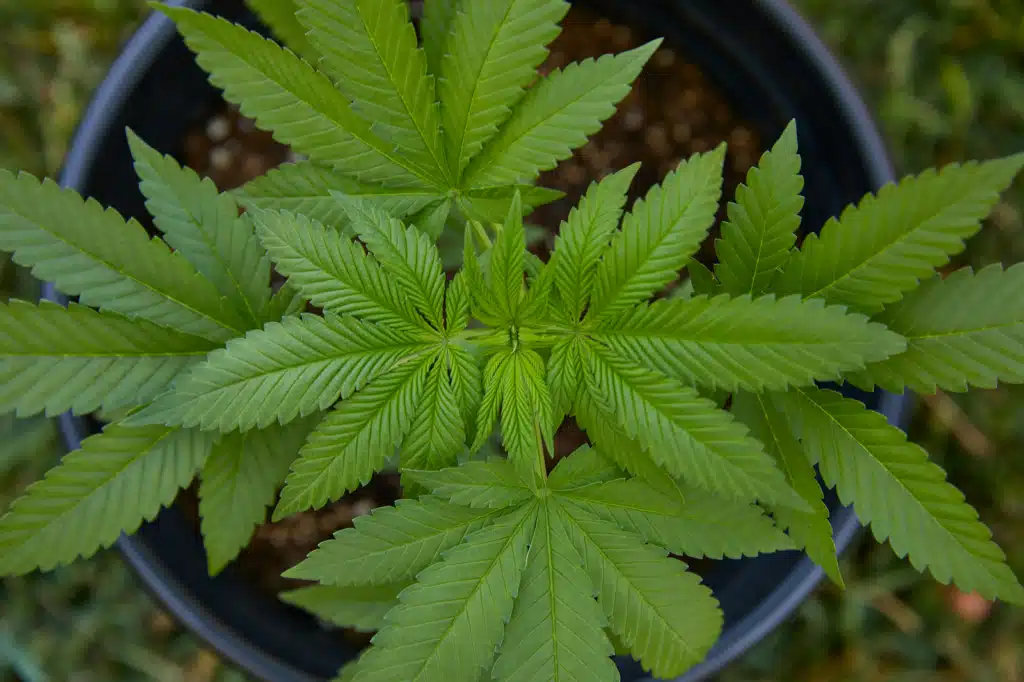
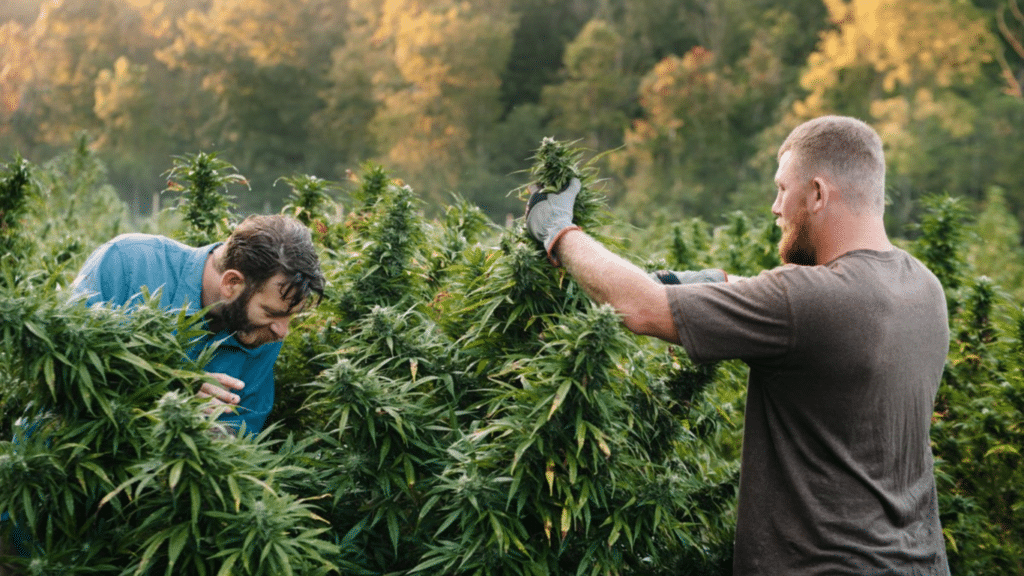
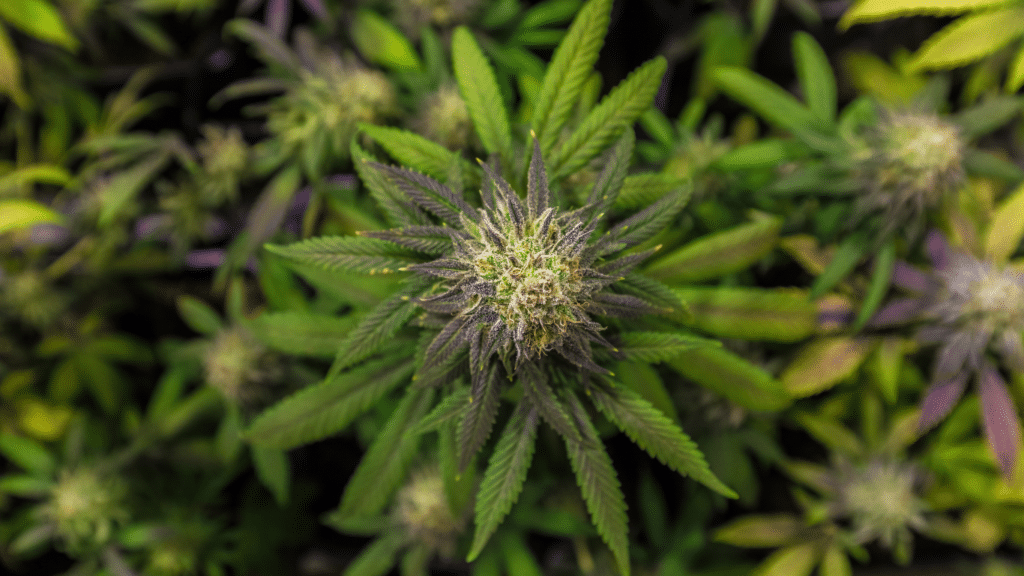
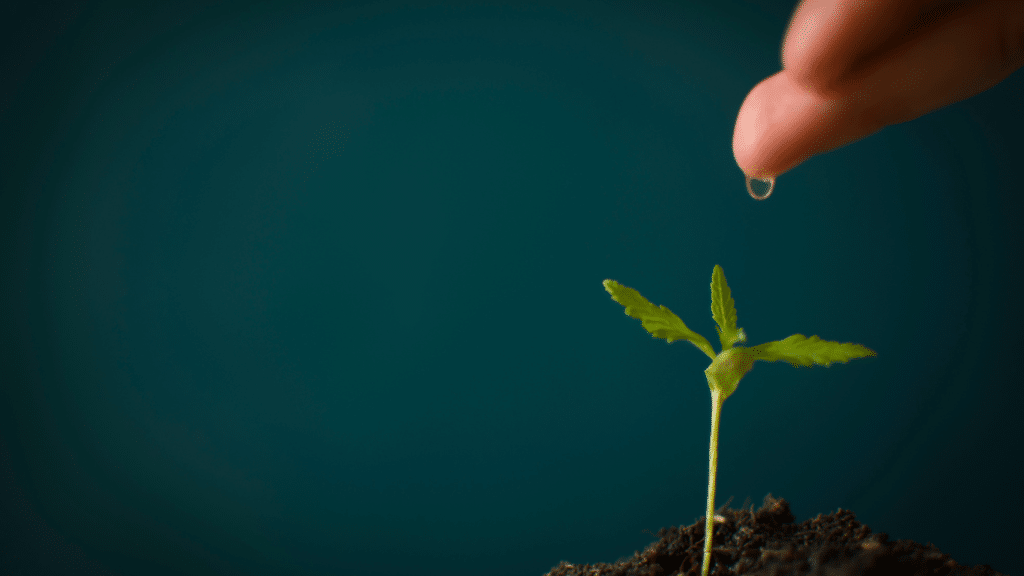
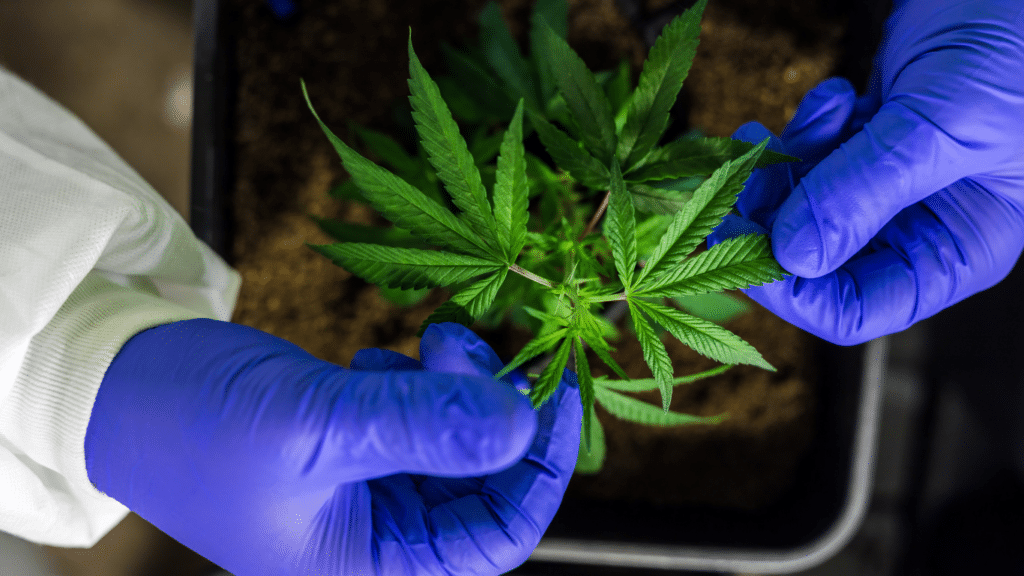
![Growing Autoflowering Cannabis Seeds in 2022 [Full Guide] | SeedsPlug](https://seedsplug.com/wp-content/uploads/2022/05/growing-autoflowering-cannabis-seeds-in-2022-full-guide-growing-tips-seedsplug-1024x579.png)
